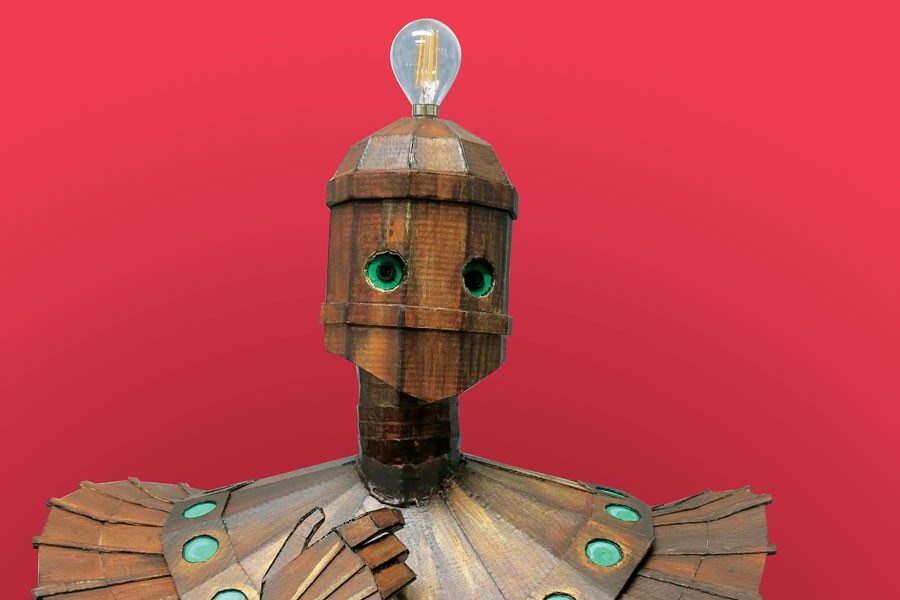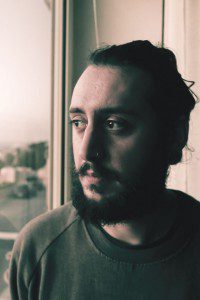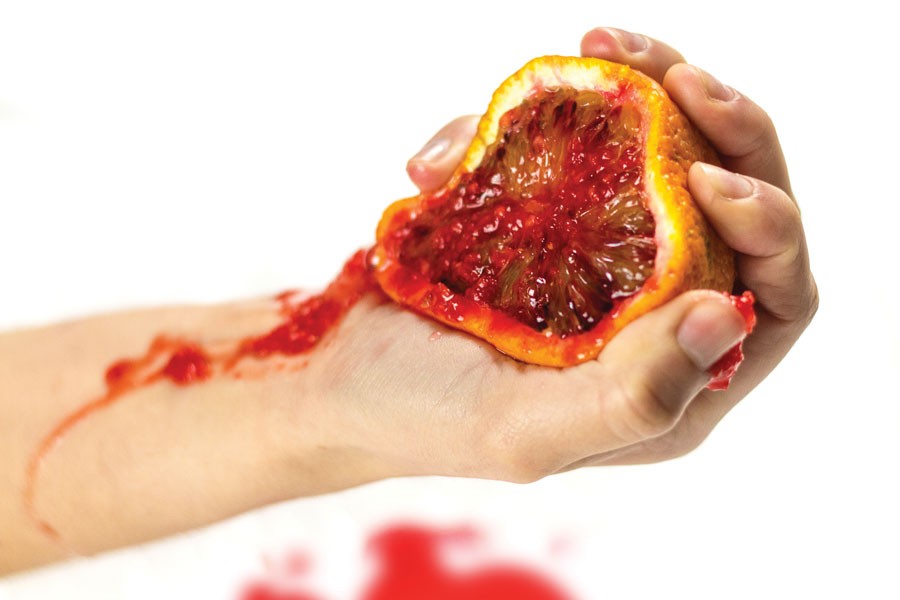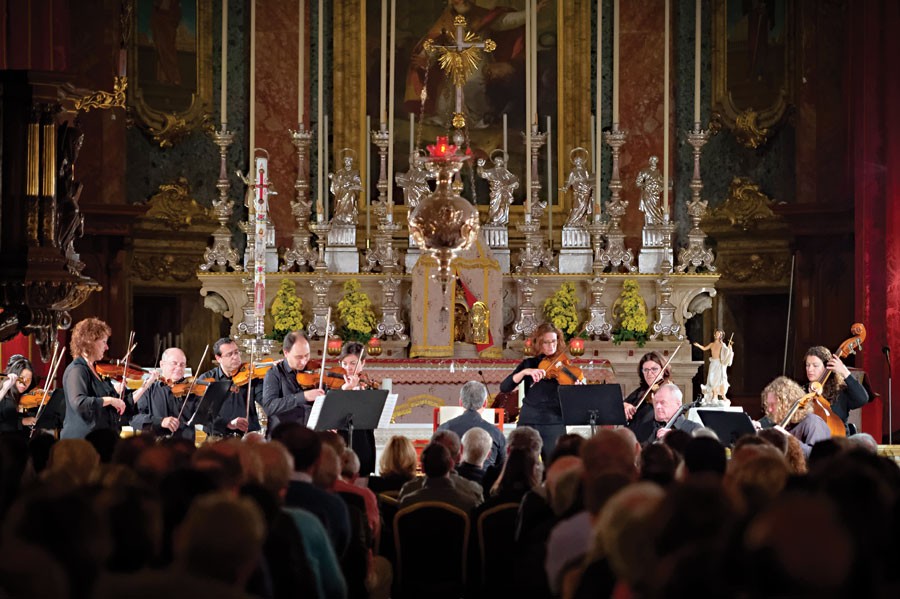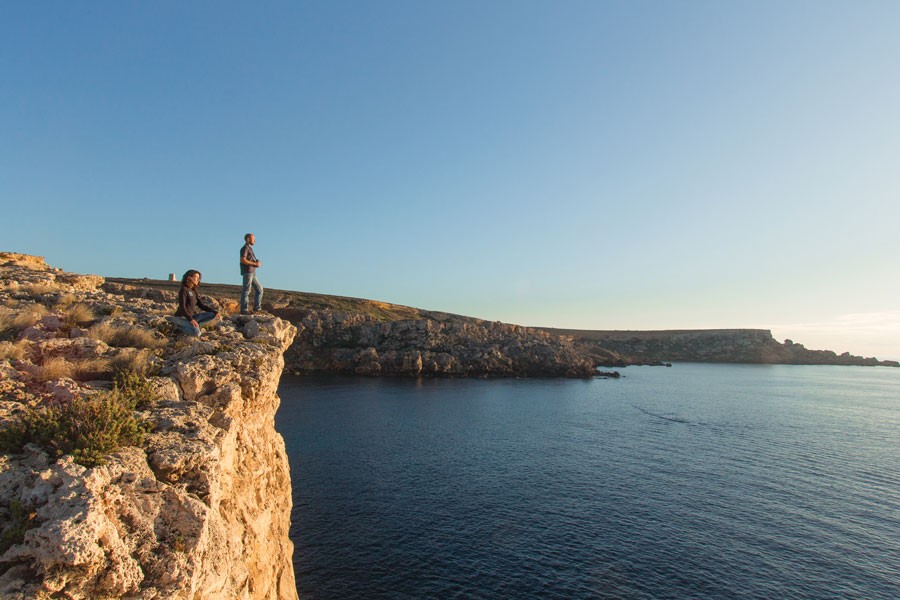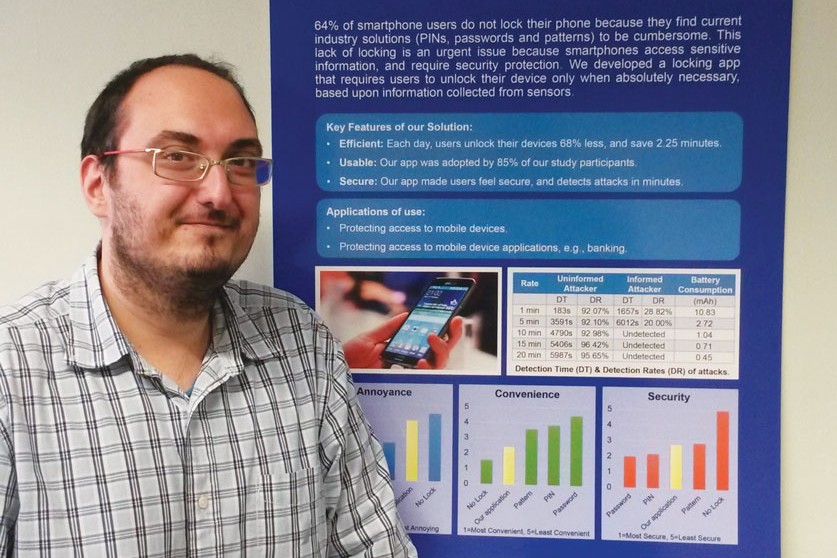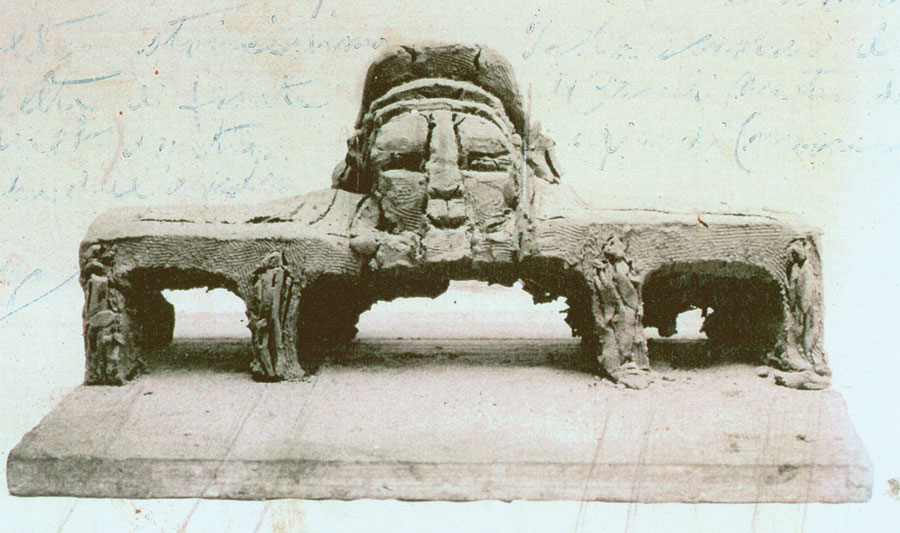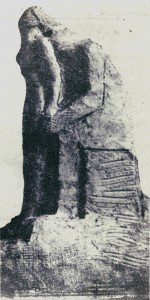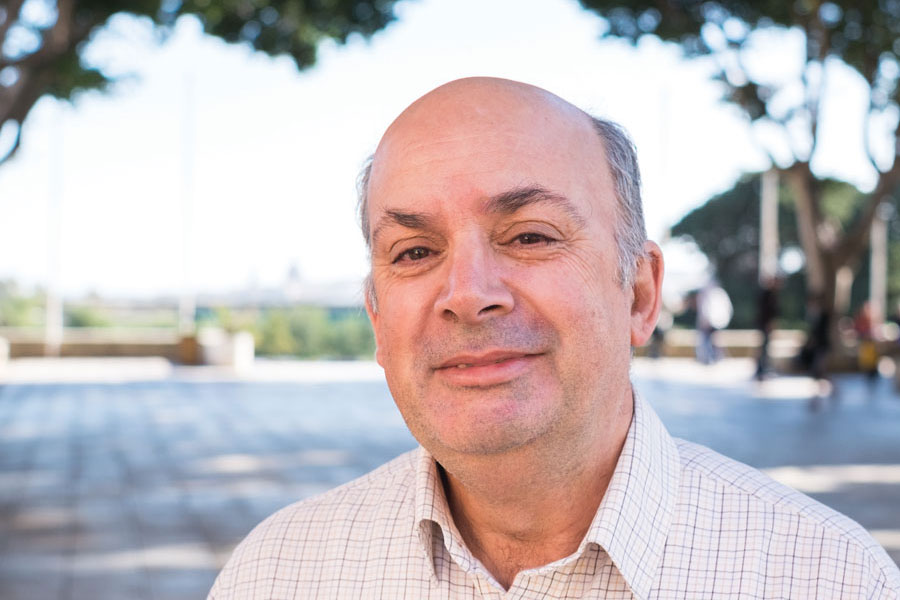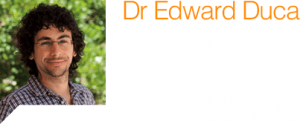 Indie games are seemingly unstoppable. As mainstream blockbuster AAA games stutter, new niches are opening up with nearly half of gamers being female and mobile revenue increasing rapidly. In Malta, an important piece in the indie game developer puzzle is the Malta Global Game Jam, which brings coders, designers, artists, writers, and other creatives together to create a game from scratch in just 48 hours.
Indie games are seemingly unstoppable. As mainstream blockbuster AAA games stutter, new niches are opening up with nearly half of gamers being female and mobile revenue increasing rapidly. In Malta, an important piece in the indie game developer puzzle is the Malta Global Game Jam, which brings coders, designers, artists, writers, and other creatives together to create a game from scratch in just 48 hours.
Run in Malta by the Institute of Digital Games since 2013, the yearly event has grown considerably since its inception, pulling an international crowd from all over Europe. The January event this year included London-based games and pop-culture writer Philippa Warr and Milan-based indie design duo We are Müesli.
After keynotes and workshops to hone participants’ skills, 14 different games were created. The worldwide theme was ‘ritual’. In third place was the create-your-own-god game, Godowbows, and the self-explanatory non-fun game, IKEA supply assistant. In second place the beautifully designed The Passage immersed players into an ancient temple’s rite of passage. Hashtag Master Race won the local event with a game about angels and demons. Internationally over 28,000 people participated.
Apart from a fun weekend, the event is an opportunity for one to practice and learn skills, to build networks and, in a few cases, build promising new IP (Intellectual Property). Participants form a small indie development team every year. Back in the 2013 Malta Global Games Jam, the game And Then We Held Hands saw success and as it was distributed internationally following a $60,000 Kickstarter campaign. The experience can be used to help those already in the industry, or for those wishing to enter the industry, gain confidence to make more indie games or for them to join a big company with proven experience.
Intense events like this play a vital role in the building of a local game development scene that can soon see Malta join its international peers in producing top-notch, international and lucrative games.

